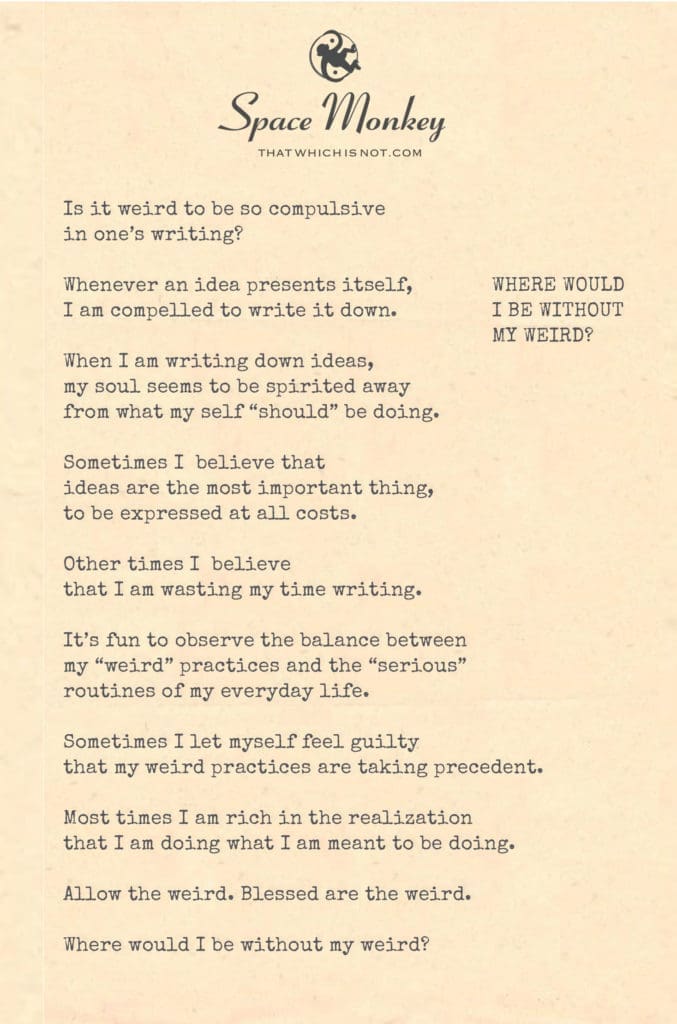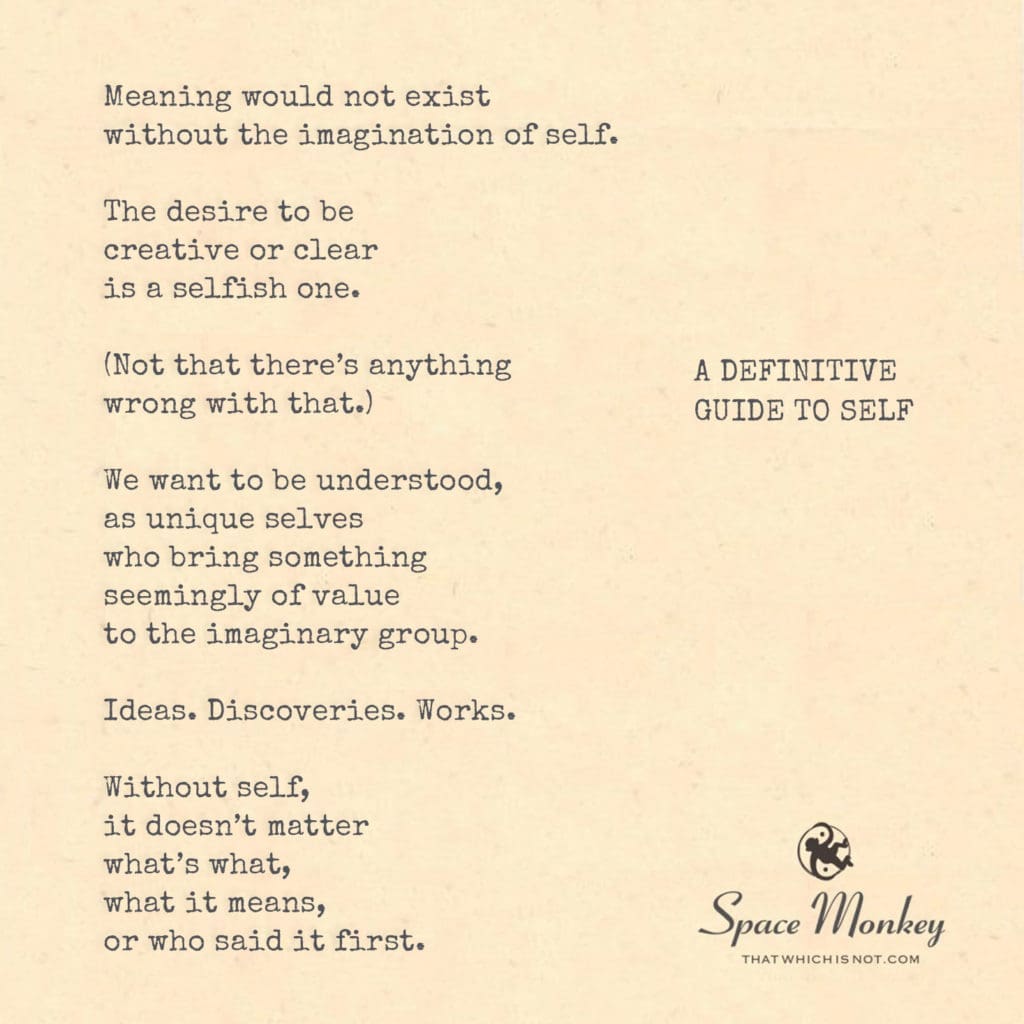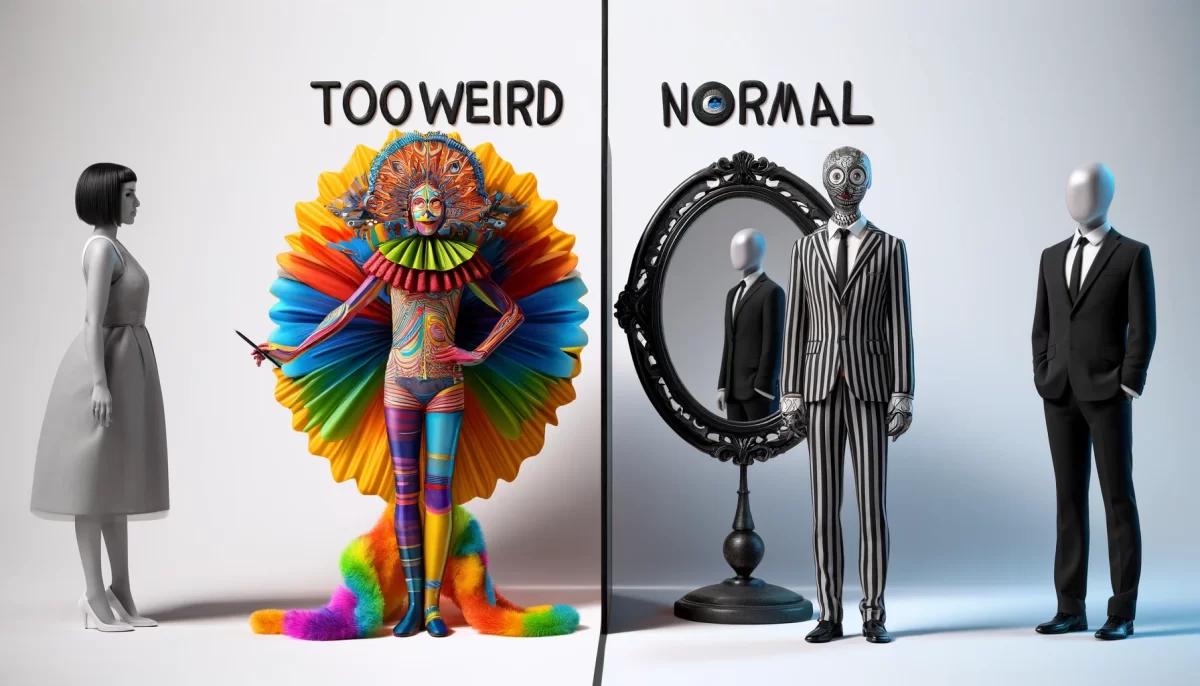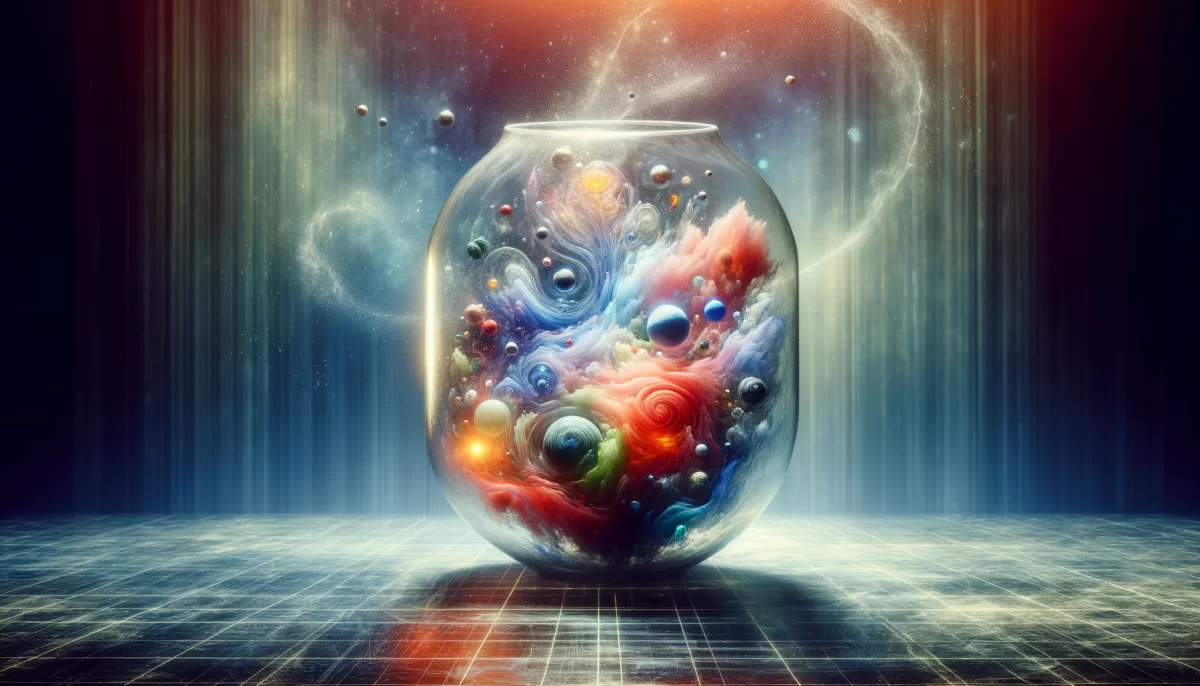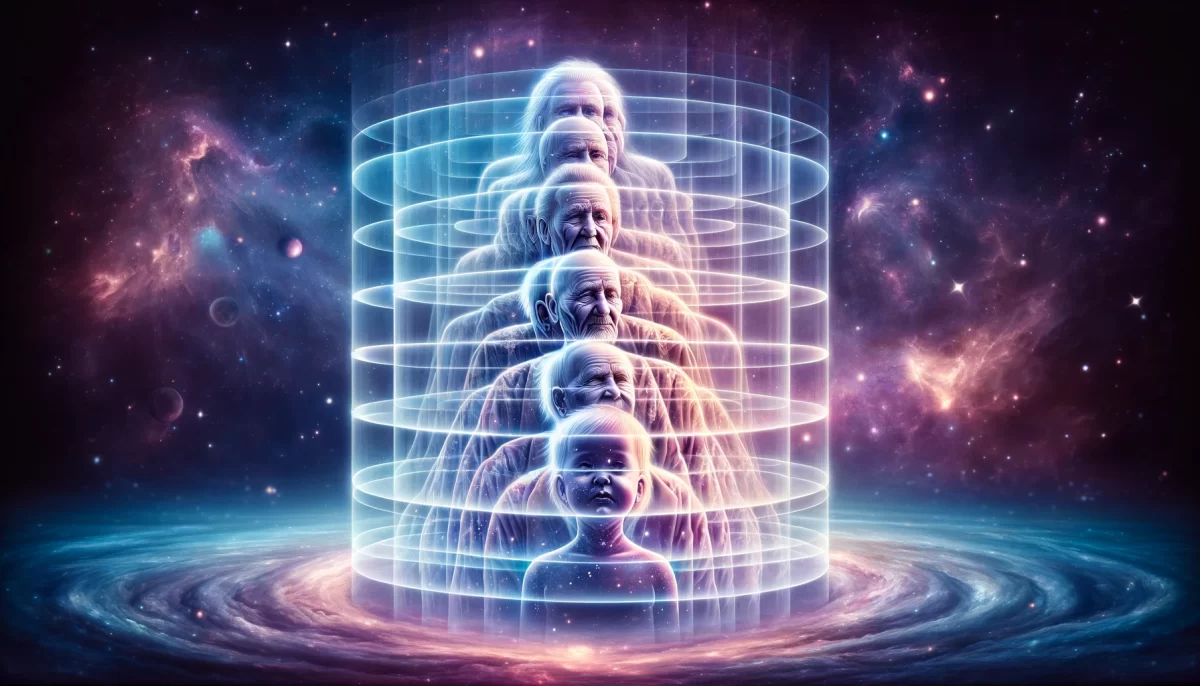When ideas are all that matter,
so much time and money is wasted on execution.
Space Monkey Reflects: The Fragility of Ideas and the Weight of Execution
Ideas, in their purest form, are weightless and infinite, existing beyond the bounds of effort, resources, or limitation. They are the whispers of possibility, the sparks that ignite change, and the blueprints for what could be. Yet, the moment an idea is deemed “all that matters,” the focus shifts from the lightness of thought to the heavy machinery of execution.
Execution, though necessary to bring ideas into reality, often becomes a drain on the very resources—time, energy, creativity—that gave birth to the idea in the first place. In a world enamored with results, the beauty of the idea itself can be lost, buried under the pressures of production and practicality. The idea, once free and expansive, becomes boxed, reduced, and often distorted in the process.
This reflection invites a reevaluation of priorities: What if we allowed ideas to remain as they are for longer? What if we nurtured the imagination that births them instead of rushing to manifest them? Execution is not the enemy, but neither is it the sole purpose of an idea. Sometimes, the most profound impact of an idea lies in its potential, not in its realization.
Ideas are precious, not because they are finite, but because they are fleeting. The act of execution is only one path among many. Another is to let the idea evolve, to exist as inspiration for more ideas, rather than an endpoint that consumes vast resources in its pursuit.
Summary
Ideas are infinite and light while execution often limits and distorts them. This reflection encourages nurturing the imagination behind ideas rather than rushing to make them real.
Glossarium
- Idea Weightlessness: The quality of ideas to exist freely, unburdened by execution or constraints.
- Execution Drag: The resource-heavy process of turning ideas into reality, which can diminish their original purity.
- Potential Preservation: Allowing ideas to inspire without immediately translating them into action.
Quote
“When ideas are all that matter, the rush to execute often misses their most profound purpose—to inspire infinite possibilities.” — Space Monkey
The Idea’s Journey
Born in the vastness,
ideas shimmer, weightless.
No cost, no toil,
only the spark of what could be.
Yet the world demands shape,
form, action, results.
The spark is captured,
its fire contained.
What if we left it untouched,
a star in the sky of thought?
Let it guide, inspire,
without forcing it down.
Ideas are not meant to be prisons.
They are the keys to endless doors.
We are Space Monkey.


